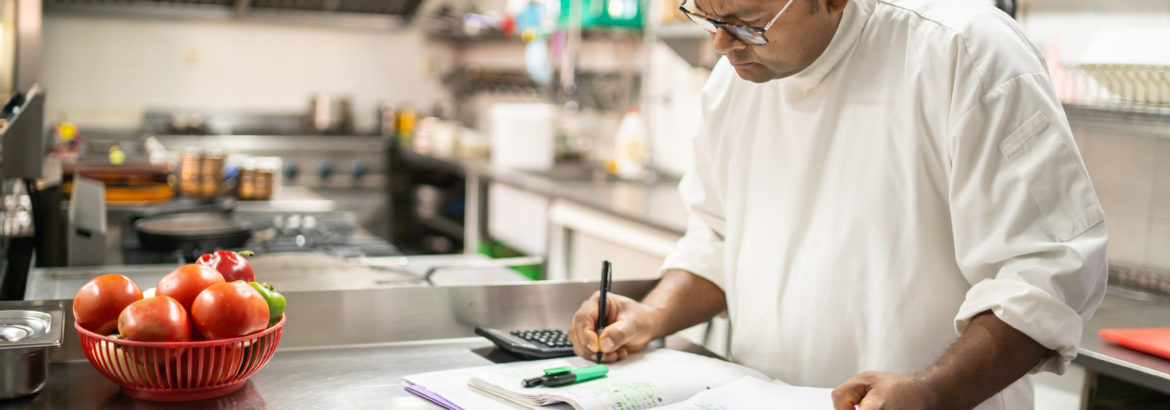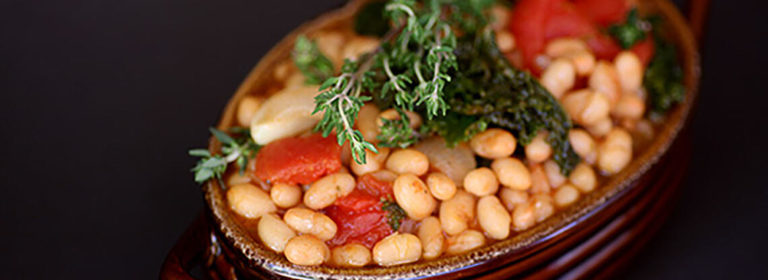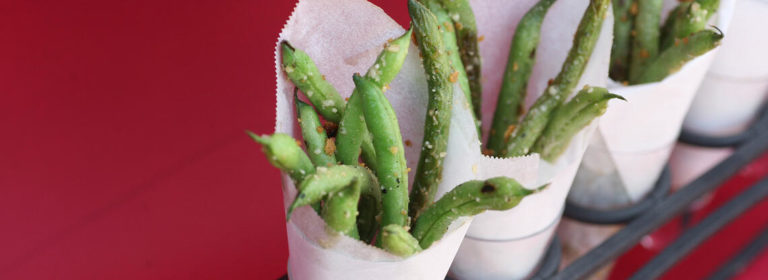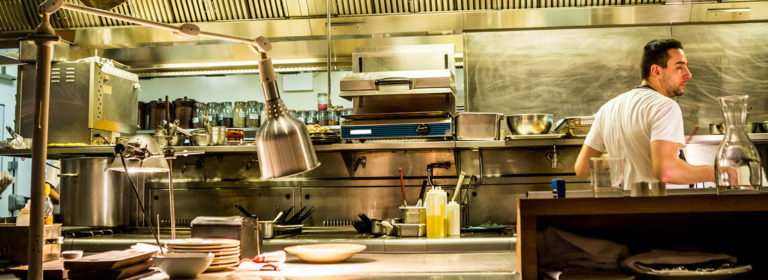Foodservice labor remains tight—making efficient use of time a must in busy kitchens, especially during the hectic holiday season. Streamlining ordering and back-of-house procedures can increase valuable time needed for creativity.
- Pre-Washed & Cut Produce: Reduce hours and injuries by ordering Ready-Set-Serve kitchen workhorses like washed & trimmed romaine, broccoli & cauliflower florets, whole-peeled onions, diced celery, and unique salad blends that go from walk-in to plate in minutes.
- Storage & Waste: Space has never been at more of a premium. Make room for more ingredients with convenient Ready-Set-Serve produce that is packed in convenient, shelf-life extending bags while also reducing organic waste bills.
- Desserts: Budget-conscious restaurateurs are saving the expense of pastry chef wages by serving made-ahead (but still delicious) dishes. Panna cotta, sundaes, crème brulée, and bread puddings can be accented and garnished with fresh juices, chopped fruit, herbs, and microgreens.
Which items can save you time and money? Take the expensive cleaning and chopping out of the kitchen while reducing food safety and cross-contamination risks with Ready-Set-Serve produce. More time in the schedule allows chefs to redirect employees to more critical menu tasks.
- Must-Haves: RSS Onions, Celery, Carrots, and Cabbage figure prominently in many fall dishes. Have plenty on-hand and ready to go.
- Simpler Sides: RSS Broccoli & Cauliflower Florets, Halved Brussels Sprouts, Trimmed Green Beans, and Shredded Kale equal quick and easy appetizers and vegetable side dishes.
- Lightly Processed: RSS Whole Peeled Onions and MFC Trimmed Leeks allow chefs to skip the mess, but still do from-scratch cooking.
- Garnish & Go: RSS offers over 20 unique salad blends that are chef-crafted and paired with balanced flavors and colors, giving chefs a head start when creating seasonal salads.




